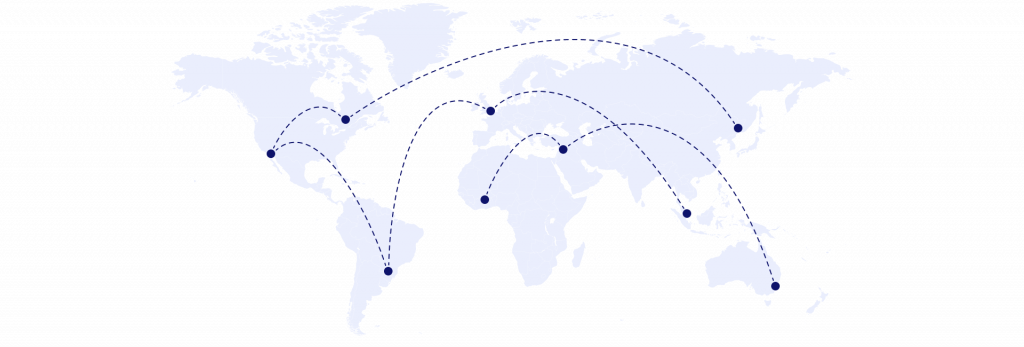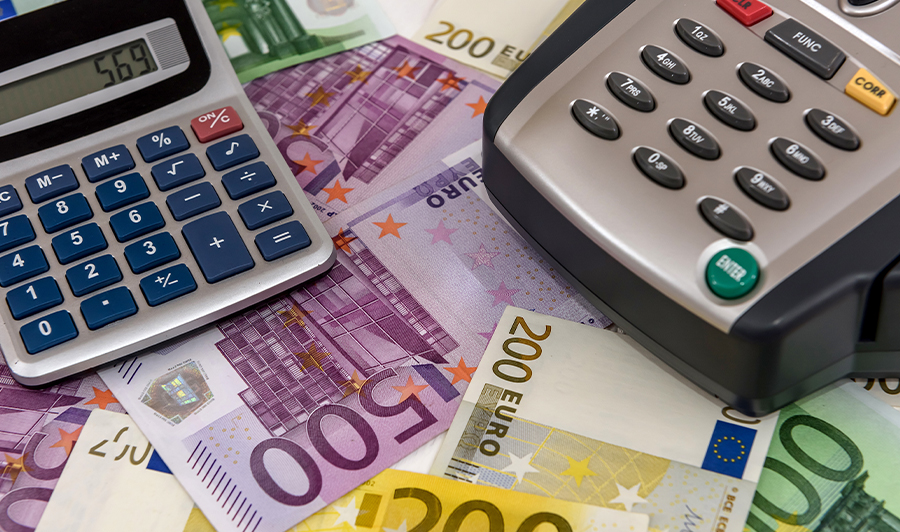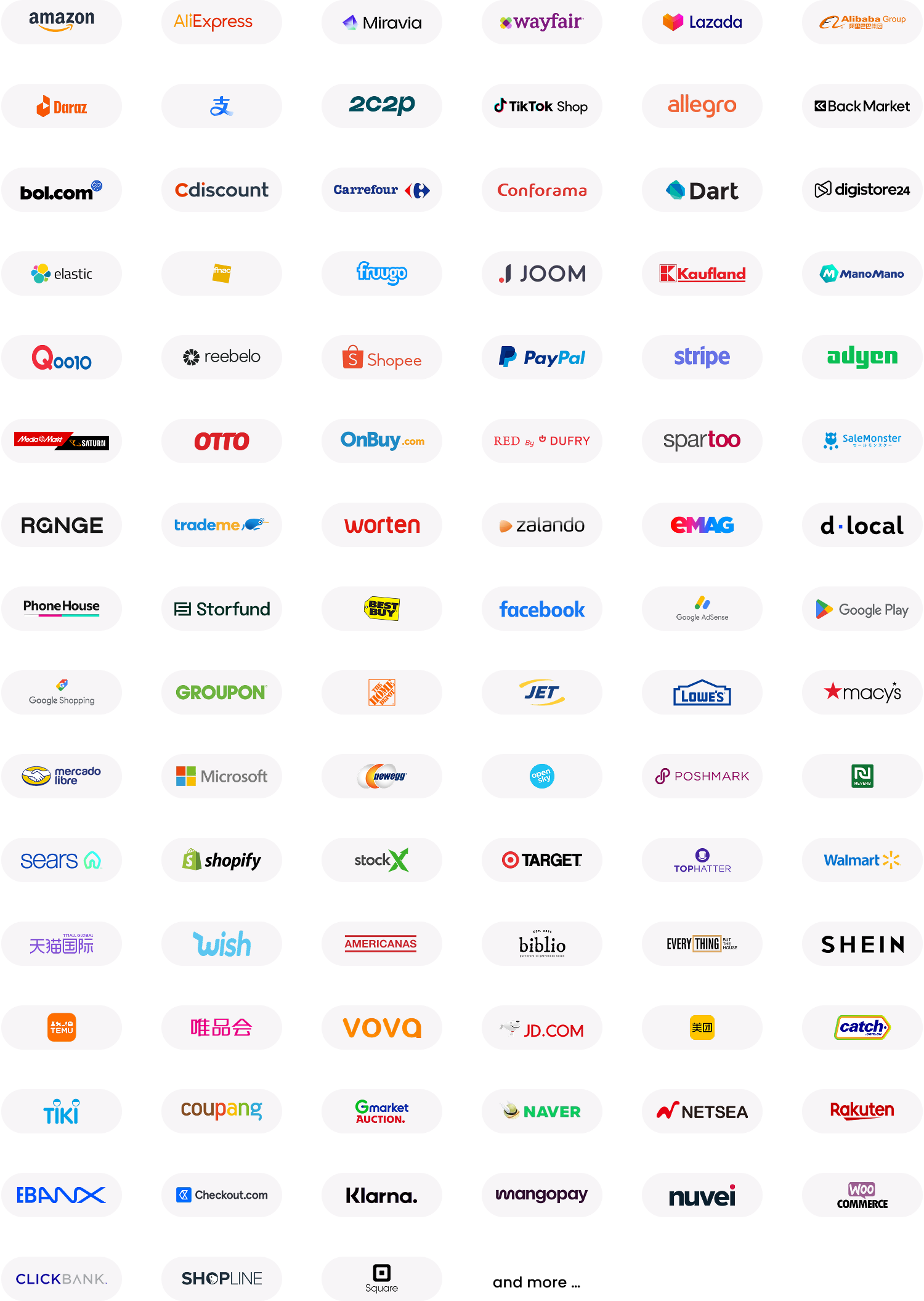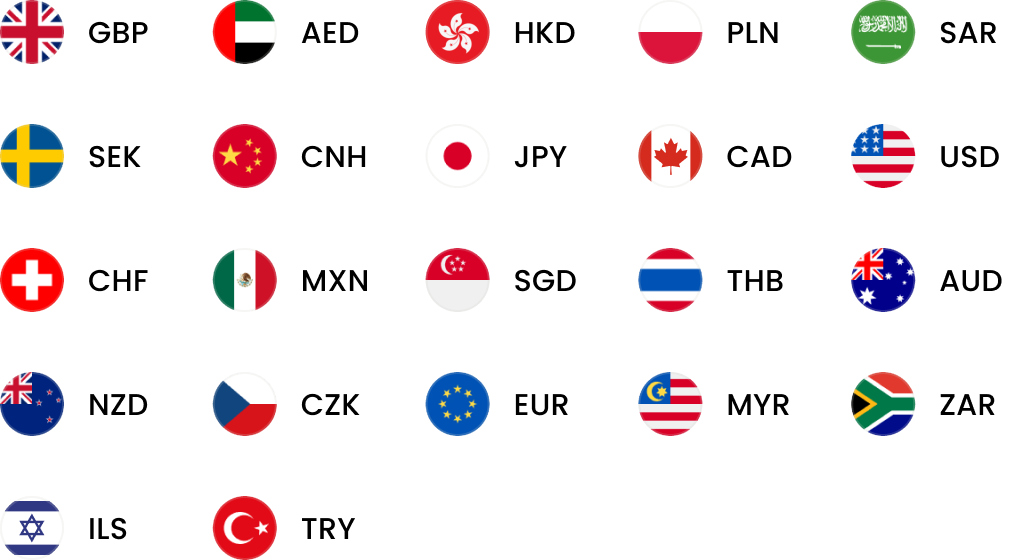Home > Blogs > Business Tips
How to source and sell eco-friendly household products online
Sustainability and zero-waste are growing priorities for consumers, so making your online store offerings more eco-friendly could do wonders for your reputation – and profits.
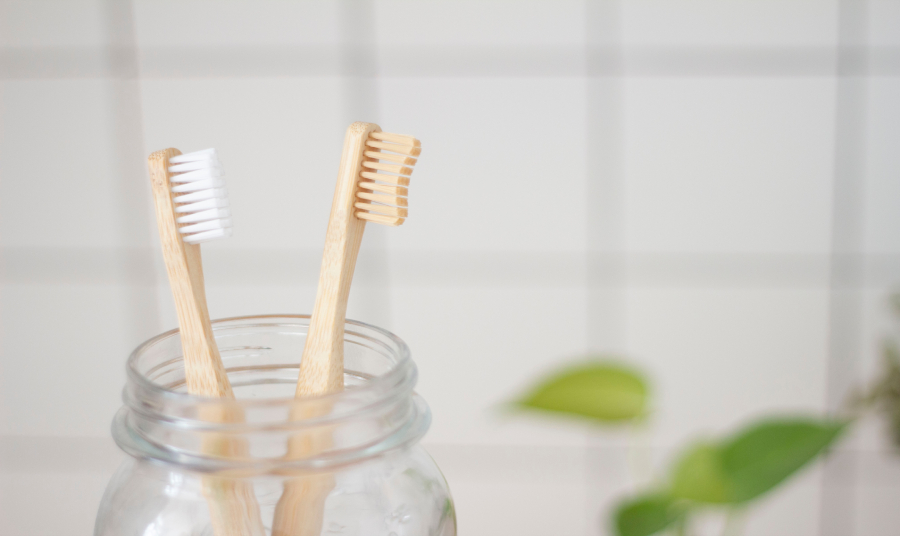
Sustainable household products come in many different forms, like biodegradable products, ethically-sourced materials and recyclable goods. But what can you, as an online seller, do to change the way consumers shop and think about their environmental impact on the world.
Reducing landfill, rethinking waste
The UK alone sends over 22 million tons of rubbish to landfill sites worldwide. During COP26, the UK waste services industry unveiled plans to reach net-zero carbon emissions on waste processing by 2040. While there is still a lot more to do in terms of government legislation to enforce stricter landfill targets, it’s up to individuals to do all they can to reduce the amount of trash they create on a daily basis.
Switching out single-use plastics for sustainable household products – like coffee cups, reusable bags and metal straws – is one way we can all reduce the amount we throw away. We can also look to change our consumption habits. For example, we can take an inventory of the stuff in our homes and ask ourselves:
- Do we really need these products?
- Do we already have items we can repair and re-purpose?
- Do the products we buy contain harmful toxins? Which ingredients provide a safer alternative?
- Can we buy something second-hand to save the energy required to create a new item from scratch?
- Do our gifts to friends and family need to be physical items?
- Is there a way to get rid of the things we don’t need without throwing them away, such as donating items to charity?
However, for e-commerce brand owners looking to increase profits, encouraging customers to adopt zero-waste ethics can seem a little counterproductive. For instance, suppose you run an e-commerce homeware brand that sells kitchen items. In that case, you could easily take single-use plastics off your store listings. But what can you replace these items with to increase profits and still maintain your eco-credentials?
The answer is to select eco-friendly household products and cleverly market your goods to inspire people to make wiser buying decisions. Here, we will look at some examples of brands that are adopting a sustainable ethos to increase profits.
IKEA
Home and furniture brand IKEA is highly aware of the environmental impact of their brand. The company has set up a buy-back scheme to help reduce landfill waste. Under the buy-back scheme, customers can return their old IKEA items in exchange for money-off vouchers worth up to 50% of the original item’s sales price. The buy-back scheme has already given over 47 million recovered products a new lease on life.
Walmart
In 2018, Walmart eliminated 10 toxic chemicals across their household and cosmetic ranges. The major US supermarket chain asked suppliers to use alternative ingredients to chemicals like parabens and triclosan to transform the marketplace into a safer place for consumers.
Swft
Selling a stunning range of furniture and homewares, Swft makes all its products from recyclable or responsibly-sourced materials. The brand also makes sure that their product packaging is 100% recyclable. To further reduce Swft’s impact on landfill sites, they have partnered with recycling brand Clearbee to help customers remove old furniture and recycle it for a minimal cost.
Dinosaur Designs
Dinosaur Designs creates a range of homeware products made from recycled crude oil. The Australian company can turn industrial byproducts into moldable resin material through their specialised manufacturing processes.
- Open 20+ local currency accounts and get paid like a local
- Pay suppliers, partners and staff worldwide in 100+ currencies
- Collect payments for free from 130+ marketplaces and payment gateways, including Amazon, Etsy, PayPal and Shopify
- Save with competitive exchange rates on currency conversions and transfers
- Lock in exchange rates for up to 24 months for cash flow certainty
Start sourcing eco-friendly household products
To get your customers inspired to start investing in more sustainable household products, consider making these simple changes to your e-commerce store:
Research toxic household chemicals and find safer alternatives
You can find lists of less-than-environmentally-friendly chemicals online and investigate if your goods contain any of these toxic ingredients. Replace products containing harmful toxins with things made from non-toxic chemicals as an alternative. Bear in mind that you can increase your pricing to make these changes profitable for your business. A survey by Accenture found that over half of people are willing to pay a premium for environmentally-friendly products.
Include DIY repair instructions on your website
If the products you sell can be repaired rather than replaced, encourage customers to take up DIY by providing detailed instructions on fixing your products. To illustrate, if you sell products like cycling accessories, create downloadable PDFs teaching people how to set up a maintenance schedule for their bike. You can also host webinars to help your customers develop more specialised skills like basic woodworking. Make webinar workshops an opportunity for customers to create and share user-generated content for your social media profiles. Please note, before publishing user-generated content, always make sure that you seek the creator’s permission in writing.
Source eco-friendly product suppliers on marketplaces
E-commerce drop shipping and wholesale suppliers carry a wide range of sustainable household products you can customise and place alongside your existing product range. For instance, if you sell handbags, start selling branded reusable cutlery sets so your customers can enjoy ‘greener’ lunches while carrying your bags. Create a photo shoot showcasing your bags with new cutlery accessories inside.
Switch to manual power sources
If you sell many battery-powered products, check with the manufacturers to make sure that items can be powered with reusable batteries. Encourage your customers to reduce the number of spent batteries they throw away by prompting people to dispose of them in a recycling centre. As far as possible, try to eliminate the need for battery-powered goods altogether by selecting products that run on manual controls –– such as dynamo torches.
Allow customers to bulk buy
Encourage your customers to bulk-buy eco-friendly household products in larger container sizes to reduce landfill waste. The packaging does not need to be as fancy as your standard range. But offering this option to existing customers will help you build brand loyalty and could increase the lifetime value of each customer.
Sustainable products can enhance your brand image
In summary, investing in eco-friendly products and business practices can enhance your brand image and future-proof your business. However, you must ensure that your supply chain partners are also aligned with your brand’s environmentally friendly goals. Do all you can to avoid being accused of ‘greenwashing’ by consumers.
Greenwashing is a process where less-than-reputable companies attempt to promote an eco-friendly image, but partake in environmentally harmful practices behind the scenes. When sourcing goods from international suppliers, don’t be afraid to ask questions about the manufacturing process.
Check that your supplier partners are up-to-date with the latest environmental legislation, and doing all they can to reduce waste. Tailor your supplier contracts to include environmentally sustainable business practices, and check that your suppliers are upholding their sustainability obligations as part of your regular risk assessment protocol.


E-commerce payments: What you really need to accept payment online
Most guides to e-commerce payments can be a little overwhelming. Here’s all that you really need to accept payments online.
Apr / 2025
What is hedge accounting?
Hedge accounting is a practice of accountancy that attempts to reduce any volatility created by the repeated adjustment of a financial instrument’s value. Find out how hedge accounting could be important for your business.
Mar / 2025WorldFirst articles cover strategies to mitigate risk, the latest FX insights, steps towards global expansion and key industry trends. Choose a category, product or service below to find out more.
- Almost 1,000,000 businesses have sent USD$300B around the world with WorldFirst and its partner brands since 2004
- Your money is safeguarded with leading financial institutions
